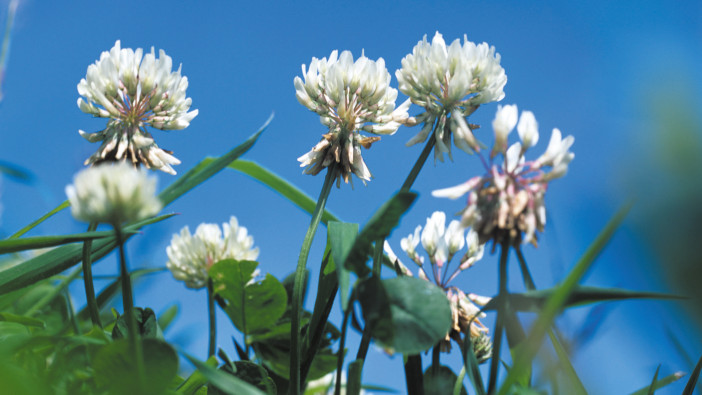Barenbrug has warned growers to act cautiously if they are planning to sow clover this autumn. Roger Bacon advises that clover establishes best between mid-March and mid-September when soil temperatures are above 10°C and the seed is sown into moisture.
“Clover is notorious for needing the right germination conditions,” he said. “Consider every aspect and only then proceed, or there’s a risk of an expensive mistake.
“At this time of year, we’d usually be advising against overseeding, but in this less-than-perfect year, opportunities need to be taken when they can. However, that doesn’t mean to say it’s worth taking a less-than-perfect decision.”

Mr Bacon suggests that the most important factors to get right, besides moisture and temperature, are soil fertility, pH, seed rate and depth, as well as the length of grass in the established sward.
“Clover does not like nitrogen,” he said. “Don’t apply any bagged nitrogen to swards before seeding and limit any slurry applications to at least two-thirds the normal rate.”
Less nitrogen will also prevent grass from growing too quickly and out-competing the clover and it’s important to cut the grass short before sowing.
“Clover’s also fussy about pH. It won’t deliver its full benefit in a soil that’s too acidic, so get it as close to 6.5 as you can.”
He also stressed that growers need to prepare carefully ahead of overseeding. “Clover and grass seed have a different size and weight and can separate in the seed hopper. Good mixing is key to spreading and distributing the clover evenly through the field.
“Sow at no lower than 1.0kg/acre; at this stage, it’s worth increasing by up to 0.5kg.
“And don’t sow too deep. The optimal sowing depth is 0.5 to 1cm; any deeper, and emergence will be compromised. Best results are usually achieved with a grass harrow and air seeder. Roll the field after sowing, which encourages germination.”
If there’s any doubt, Mr Bacon suggests erring on the die of caution and waiting until spring. “Conditions will almost certainly be better in March; clover really doesn’t react well to a ‘suck it and see’ approach.”


